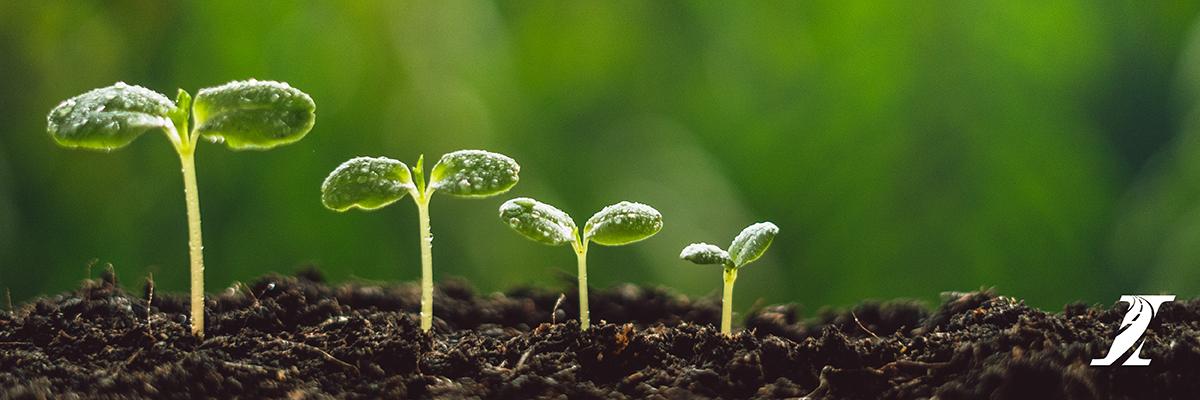Illinois Tollway Rings in Earth Day by Setting Stage to Reach 58K Trees

This year, the Illinois Tollway celebrates Earth Day by sharing wildflower seed packets while serving customers, while advancing key contracts that aim to fulfill its commitment to plant 58,000 trees throughout the 294-mile Tollway system. These efforts are being achieved as a part of the Tollway’s overall commitment to balancing the environmental impacts of its roadway projects through the implementation of a comprehensive landscaping master plan.
The Illinois Tollway’s landscaping master plan include a variety of wetland mitigation projects, roadside plantings, landscaping projects, and environmental improvements that in aggregate total an overall commitment to plant enough trees, shrubs and native plants that total 58,000 trees throughout the region. And, with new landscaping contracts agreed to by the Board of Directors at its April 22 meeting, the Tollway is poised exceed its goal as part of its 15-year, $14 billion Move Illinois capital program.
Since 2017, the Tollway is well on their way to reaching that goal, having planted enough trees and shrubs throughout all five of the roadways totaling 35,000 trees across the Tollway system.
Roadside plantings throughout the Tollway system include viburnum and native dogwood varieties of shrubs, in addition to oaks, elms and locust trees identified and selected through a partnership with The Morton Arboretum, and the Miabie maple and Exclamation! London planetree, both first introduced by the Arboretum. In addition, several test sites have been established on the Veterans Memorial Tollway (I-355) where The Morton Arboretum is studying which trees perform best along the interstate system, assessing the effects of different soil amendments and researching new tree planting techniques.
The landscape master plan also includes the seeding of native grasses and flowers in keeping with the Tollway’s pollinator program goals. Working with The Conservation Foundation, with input from the Xerces Society, local nurseries and the Illinois Natural Resources Conservation Service, the Tollway developed a unique seed mix for use along Tollway right-of-way. These efforts are part of the agency’s pollinator program to enhance and create habitat for monarch butterflies and other important pollinators along tollway roadsides throughout the 12 counties the Tollway serves.
The wildflower seed packets were shared by Tollway H.E.L.P. truck drivers and at customer service centers at gateway oases locations. The annual effort is aimed to support of its ongoing pollinator program to restore and create habitat for monarch butterflies and other important pollinators.
The Tollway’s seed mix includes two native flowers: Asclepias tuberosa (butterfly weed) a species of milkweed and Echinacea pallida (the pale purple coneflower) and will cover an area up to 25 square feet. These are drought-tolerant, full-sun species and will provide pollinators with an abundance of nectar throughout the summer.
The first Earth Day on April 22, 1970, activated 20 million Americans from all walks of life and is widely credited with launching the modern environmental movement. The passage of the landmark Clean Air Act, Clean Water Act, Endangered Species Act and many other groundbreaking environmental laws soon followed. More than 1 billion people now participate in Earth Day activities each year, making it the largest civic observance in the world.
